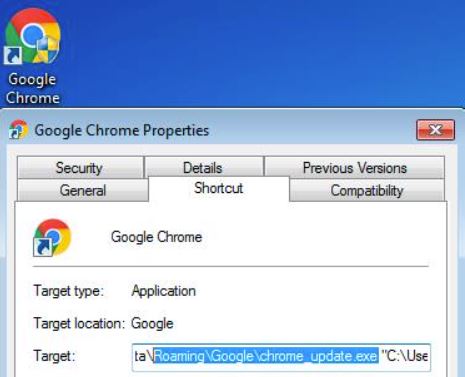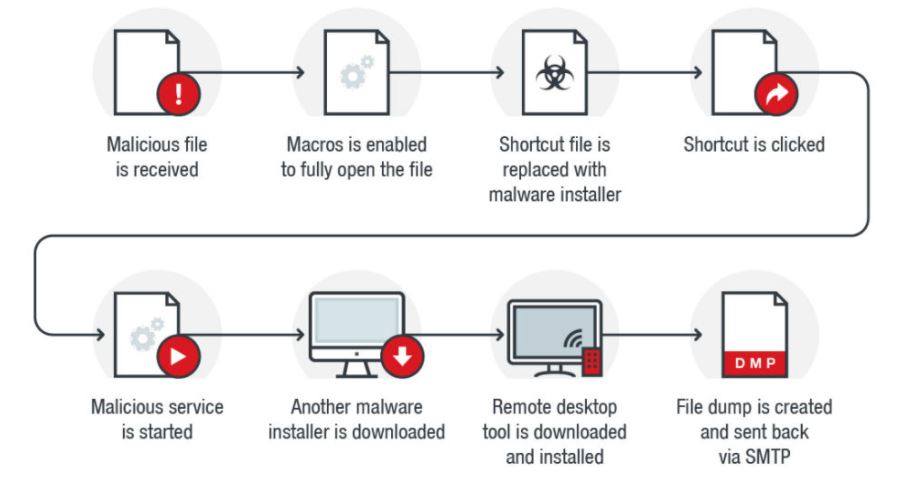What is the resident virus?
The resident virus is a kind of software that conceals and reserves itself in Computer memory. The virus can contaminate any folder or a program run by the device. This kind of virus can also link itself to anti Malware software or security operation by giving it the access to contaminate any documented case examined by the application.
The resident virus is also known as the memory-resident virus. It is a malicious course. The viruses can duplicate the sections and download Codex or cryptogram into the computer memory, i.e., RAM.

Symptoms of virus infection on a computer?
Following are the main hints that can tell you the device is contaminated with a virus or not:
- The devices start working leisurely and steadily, then its casual speed.
- The device stops behaving as per the command given to it.
- The device breakdown and then it reopens automatically, and this process happens regularly.
- The device starts on its own after shutting down.
- Besides, the device does not work correctly as it used to be.
- Administration or operations does not work properly like before.
- The compact disc and its drive become remote.
- The module does not print accurately.
- Unexpected default messages start exhibiting on the screen.
- Menu and graphic Windows are shown in a twisted form.
- Antimalware software is disqualified without any particular reason, in addition to which the antimalware program cannot be rebooted.
- The antimalware program cannot be downloaded on the computer because the antimalware program is Inoperative.
- The computer’s desktop settings were changed automatically, and the icons that appeared were not there previously.
- Unfamiliar Sound or Music starts coming from the speakers now and then.
- The application vanishes from the device even though the user has not uninstalled it.
- Subdivision of the hard drive vanishes.
- The user is unable to access the windows task manager.
Prevention measures for data safety and avoiding virus infection?
Precautionary measures are the best solution for any virus or a threat to enter the device. A virus can damage the device entirely and compromise the user’s confidential data, which can be financial or personal information. Some reasonable precautionary measures can help us to protect the device and have the privilege to be ahead of the cybercriminals, which are as follows:
- Keep a regular backup of data: The user should have a backup of every personal and financial information there in the device so that losing it will be less.
- Avoid using unknown USB drives: At times, the data is replicated from an infected device to the other device automatically; the other device then also be affected by that virus. So it is always preferable to run the virus check before using or connecting the data traveler.
- Install a reliable antivirus program: It is common sense in this advanced technology era to install a good and reliable antivirus in the device to avoid any potential virus attack.
- Avoid suspicious websites: Users are advised not to click on any random link or not to open any random attachment until the sender is trusted because one click is all that a potential cybercriminal is looking for.
- Installing regular updates: Users should make sure that their device has its automatic update to get the latest updates which can help prevent any potential cyber-attack. Furthermore, normal or new computer users should also have know-how about the basics, be aware of the potential threat, and know how it looks.
- Stay away from cracked software: The user must always use the original software to avoid any potential cyber-attack rather than using the unpaid or pirated version to save some money because of this act; they are leaving their data privacy in the hands of cyber-criminals.
- Install a Firewall: Users should permanently activate their computer’s firewall, and for any reason, if they do not have one, they should need to install a good firewall that can help protect their machine and their personal and professional data.
- Be prepared to lockdown: Users should know about any ongoing virus attacks, and once they are aware of such acts, they need to make sure to be extra cautious until they got any proper windows update or their antivirus come up with any proper firewall.

